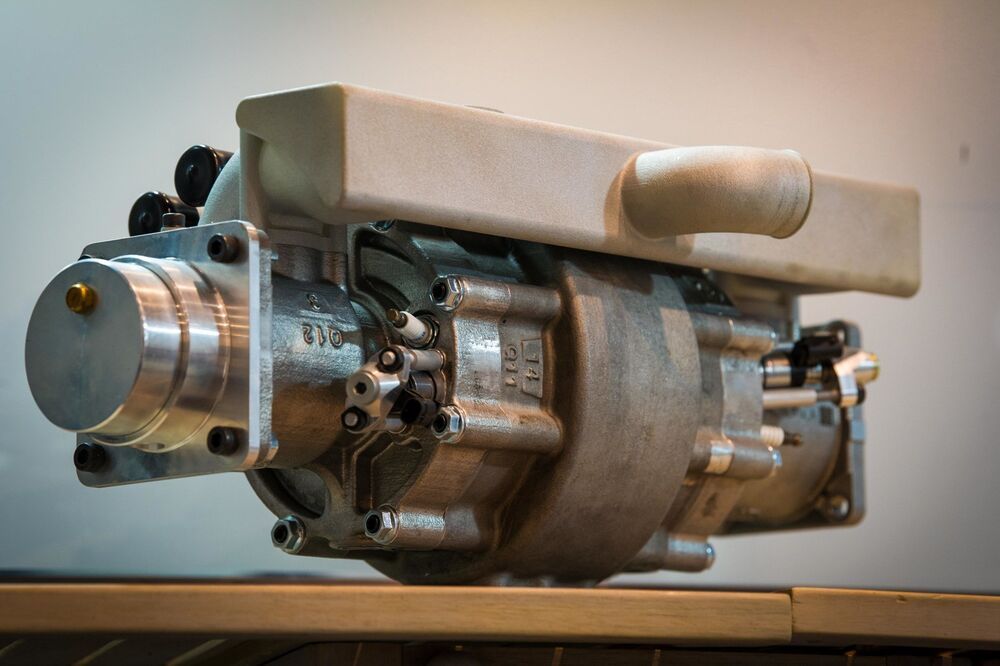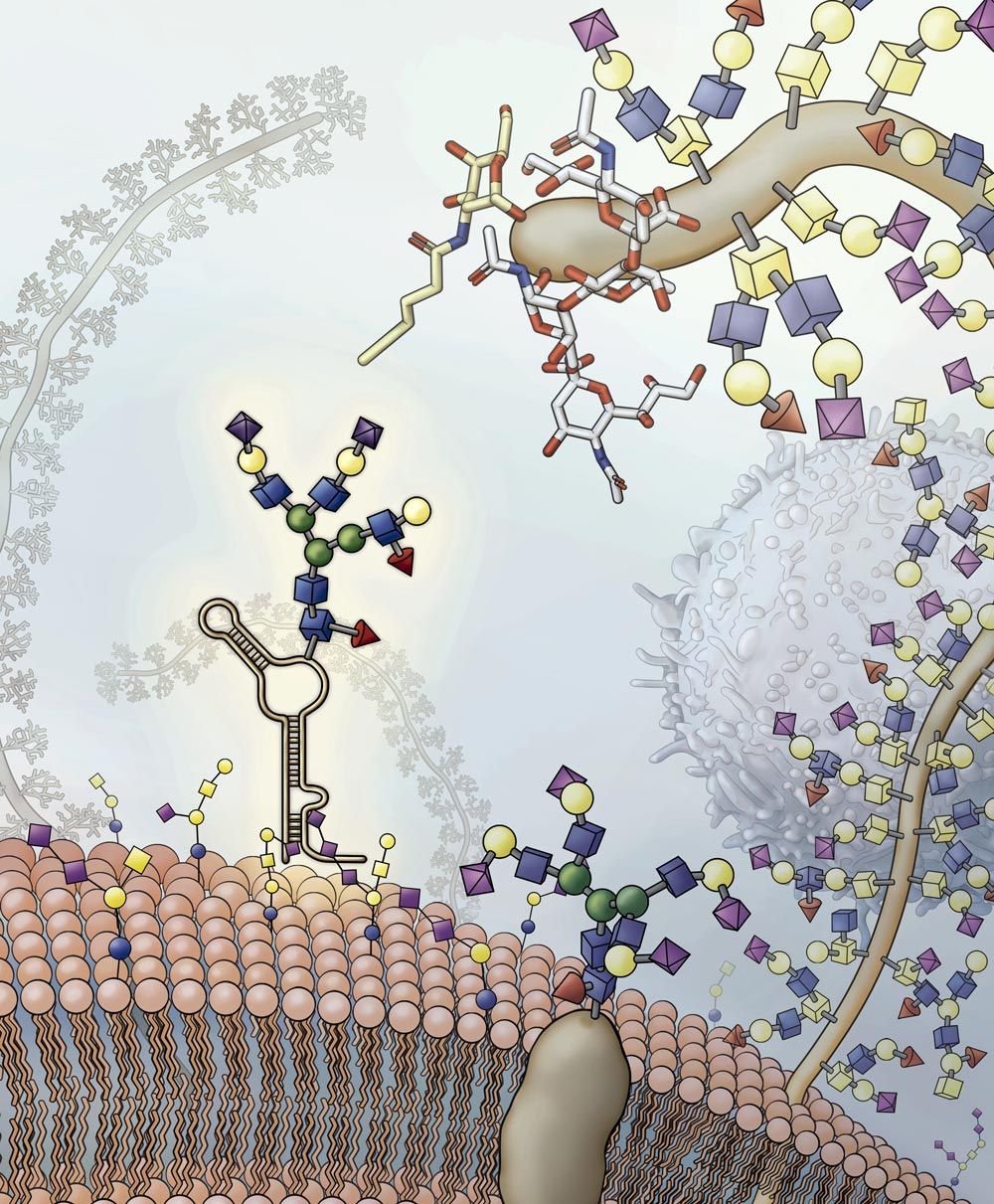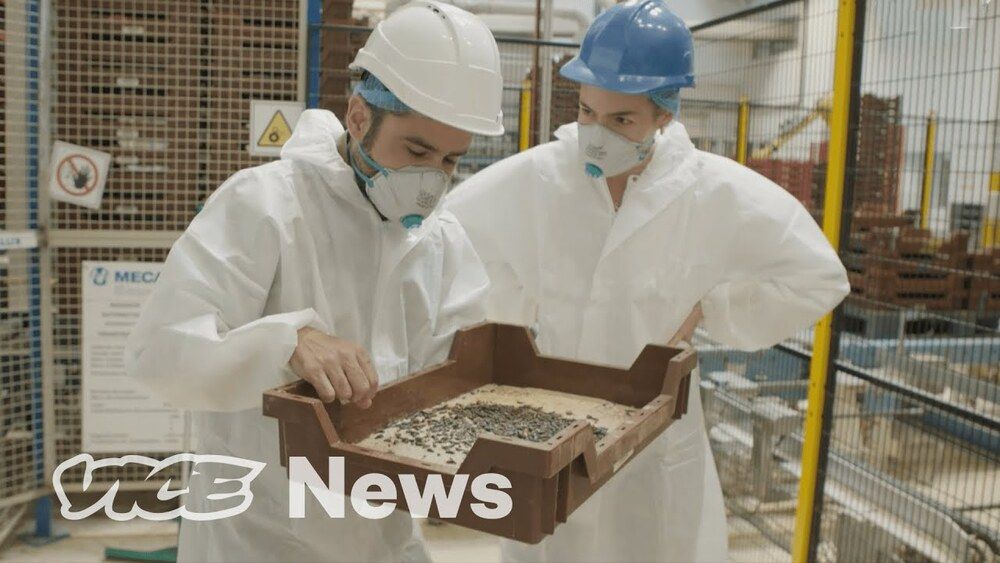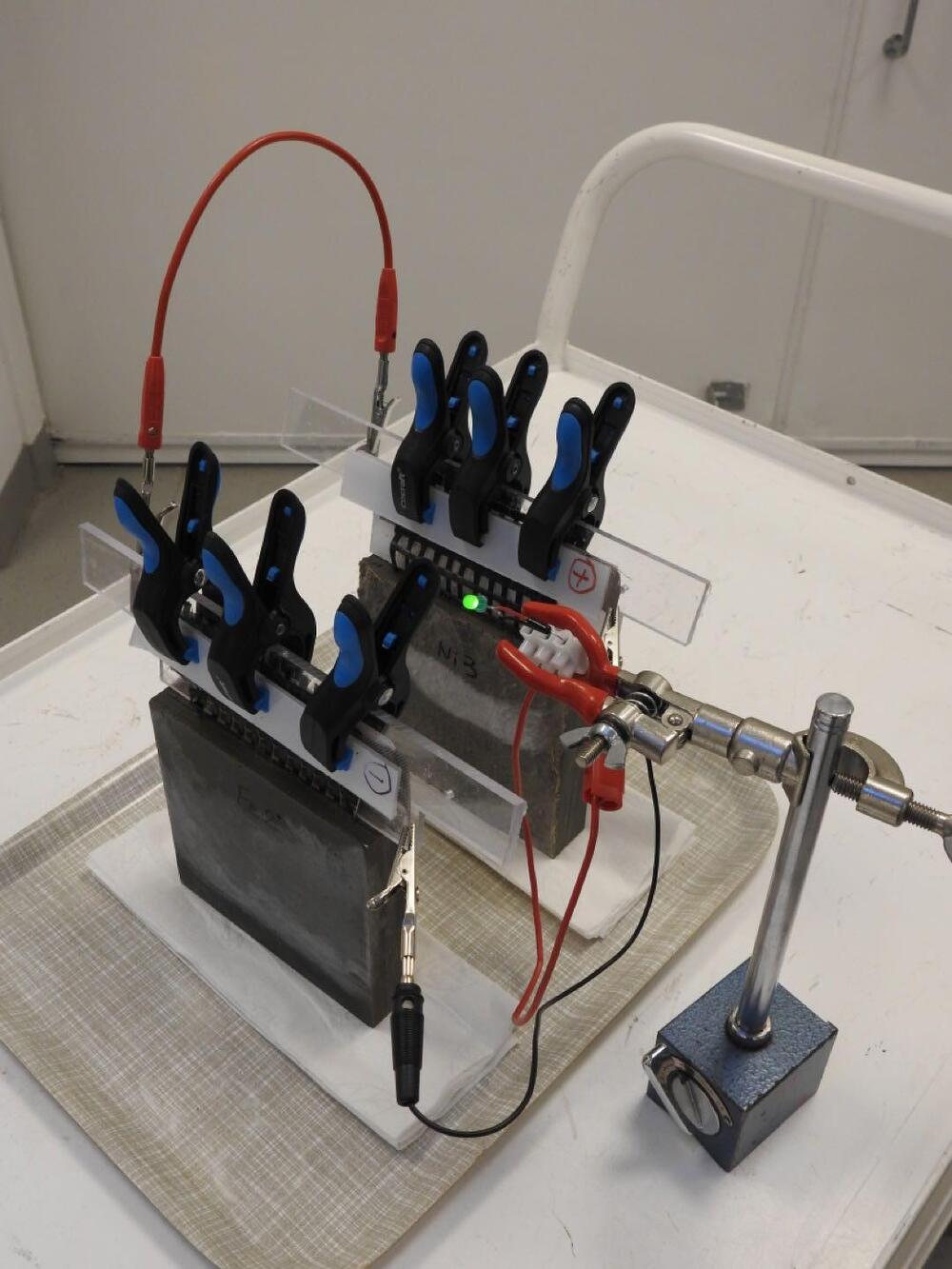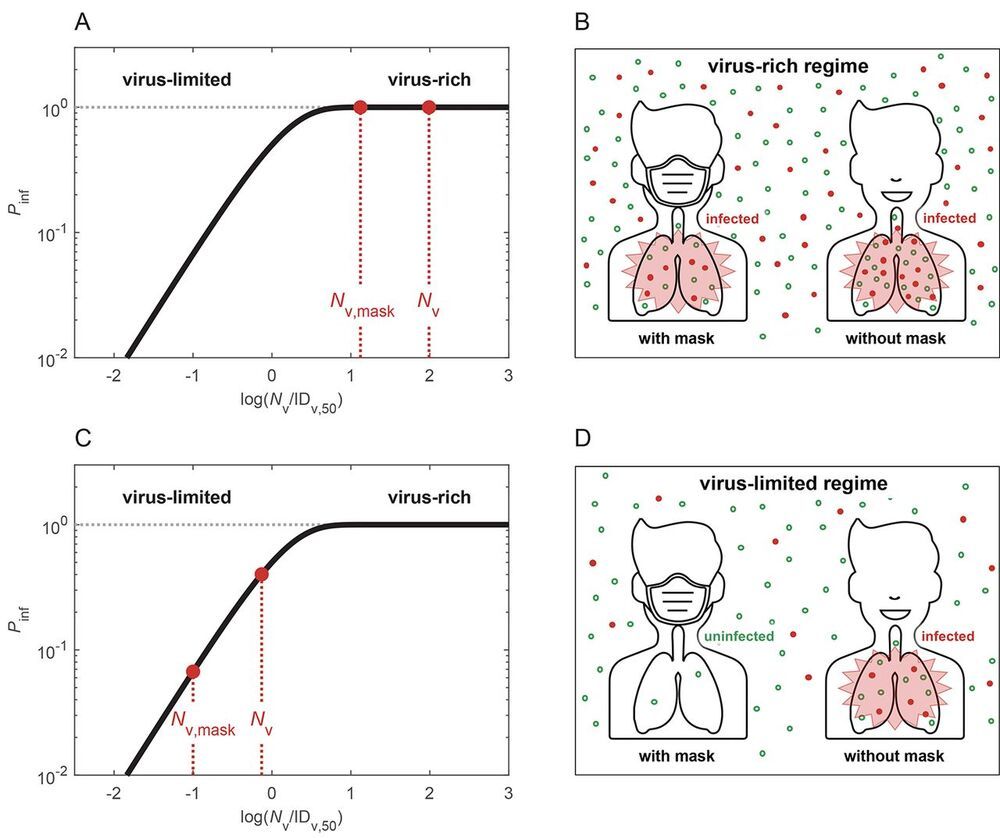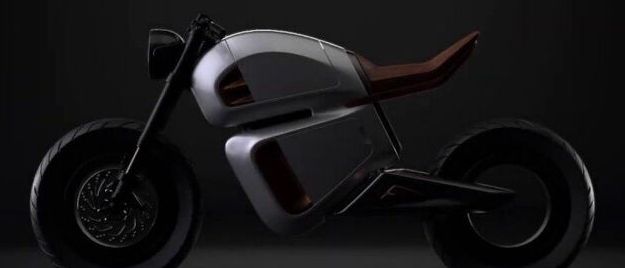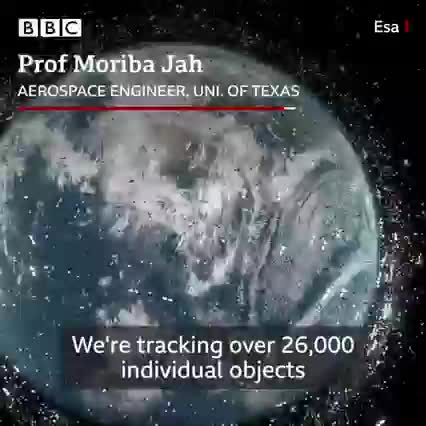May 20, 2021
Tiny single-piston hydrogen engine repackages internal combustion
Posted by Quinn Sena in categories: energy, engineering, sustainability, transportation
Israel’s Aquarius Engines this week gave the world a first look at the tiny hydrogen engine it hopes can supplant gas engine-generators and hydrogen fuel cells in future electrified vehicles. Weighing just 22 lb (10 kg), the simple engine uses a single moving piston to develop power. Beyond vehicles, Aquarius is developing the engine for use as an off-grid micro-generator.
First created in 2014, Aquarius’ efficient single-piston linear engine has a single central cylinder in which the piston moves between two engine heads. In previous iterations, Aquarius used more conventional fossil fuels to create combustion, but now it’s turning attention to emissions-slashing hydrogen. The company says Austrian engineering firm AVL-Schrick recently completed third-party testing, verifying that a modified version of the engine can operate purely on hydrogen.
“It was always our dream at Aquarius Engines to breathe oxygen into hydrogen technology as the fuel of the future,” explains Aquarius chairman Gal Fridman. “From initial tests, it appears that our hydrogen engine, that doesn’t require costly hydrogen fuel-cells, could be the affordable, green and sustainable answer to the challenges faced by global transport and remote energy production.”
